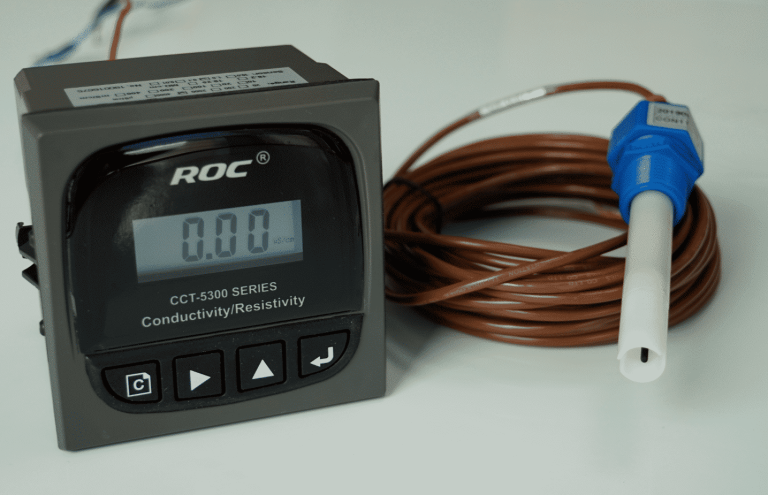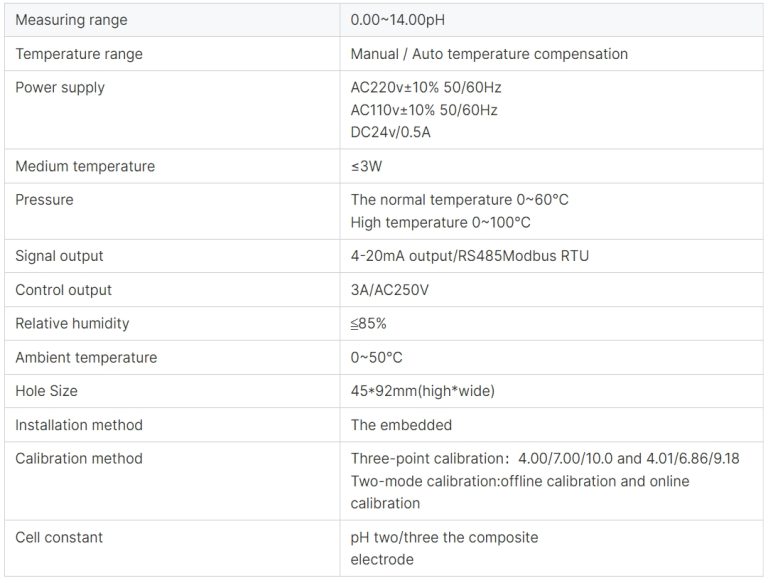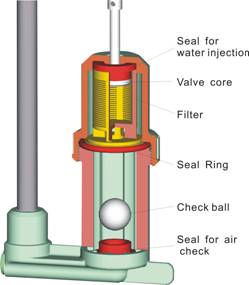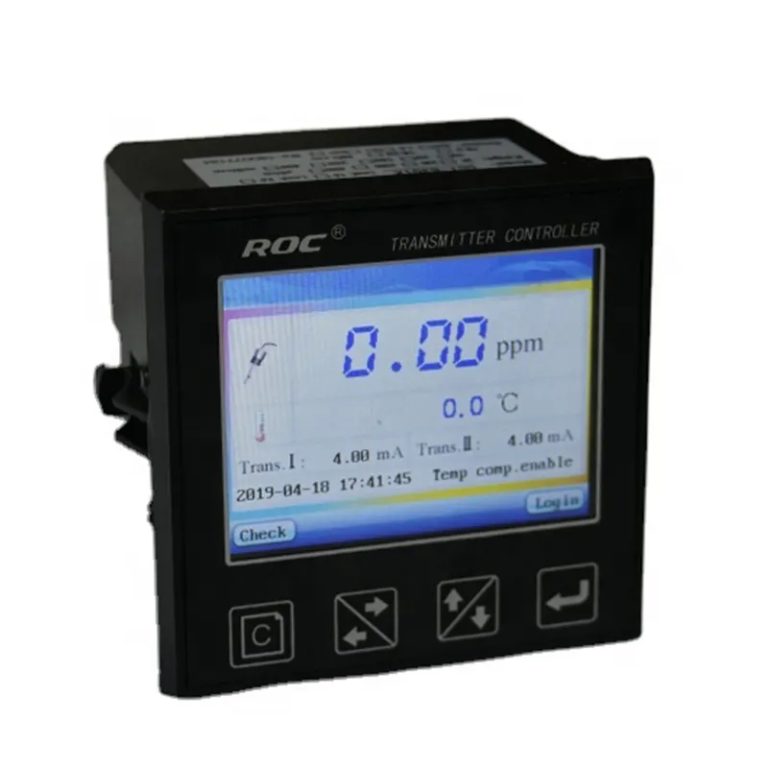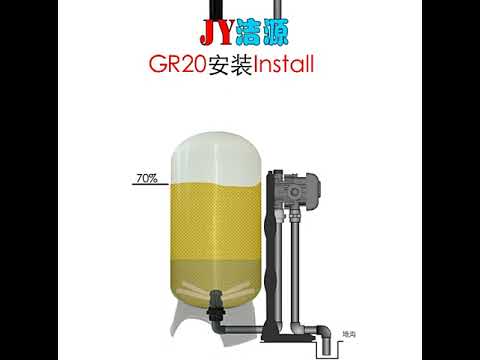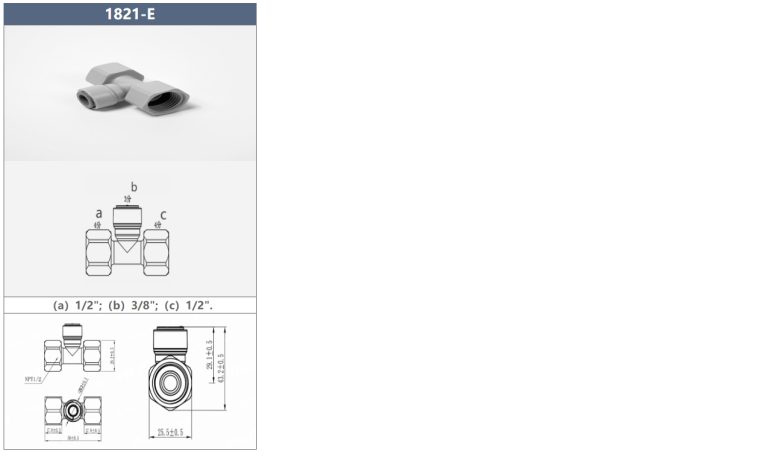العكارة تقيس نقاء الماء.
فهم التعكر: ماذا يقيس؟
هناك عدة طرق لقياس التعكر، وأكثرها شيوعًا هو قياس الكلية وقياس التعكر. يقيس قياس الكلية كمية الضوء المنتشرة بواسطة الجزيئات العالقة في الماء، بينما يقيس قياس التعكر كمية الضوء التي تمتصها الجزيئات. توفر كلتا الطريقتين قياسًا كميًا للعكارة، والتي يتم التعبير عنها عادةً بوحدات التعكر الكلوية (NTU) أو وحدات قياس العكارة الفورمازين (FNU).
من المهم ملاحظة أن التعكر ليس مقياسًا مباشرًا لملوثات أو ملوثات معينة في الماء. وبدلا من ذلك، فهو بمثابة مؤشر على الجودة الشاملة للمياه ووضوحها. يمكن أن تشير مستويات التعكر العالية إلى وجود الرواسب والمواد المغذية والبكتيريا وغيرها من المواد التي يمكن أن تؤدي إلى تدهور جودة المياه. من خلال مراقبة مستويات التعكر بانتظام، يمكن لمديري جودة المياه تتبع التغيرات في نقاء المياه بمرور الوقت واتخاذ الإجراءات المناسبة لحماية النظم البيئية المائية والحفاظ عليها.
في الختام، يعد التعكر معلمة حاسمة لقياس مراقبة جودة المياه والإدارة البيئية. فهو يوفر معلومات قيمة حول وجود الجزيئات العالقة في الماء، والتي يمكن أن تؤثر على صحة النظم البيئية المائية، وفعالية عمليات معالجة المياه، والقيمة الجمالية للمسطحات المائية. ومن خلال فهم مقاييس التعكر وكيفية قياسها، يمكننا العمل على ضمان مياه نظيفة وواضحة للأجيال الحالية والمستقبلية.
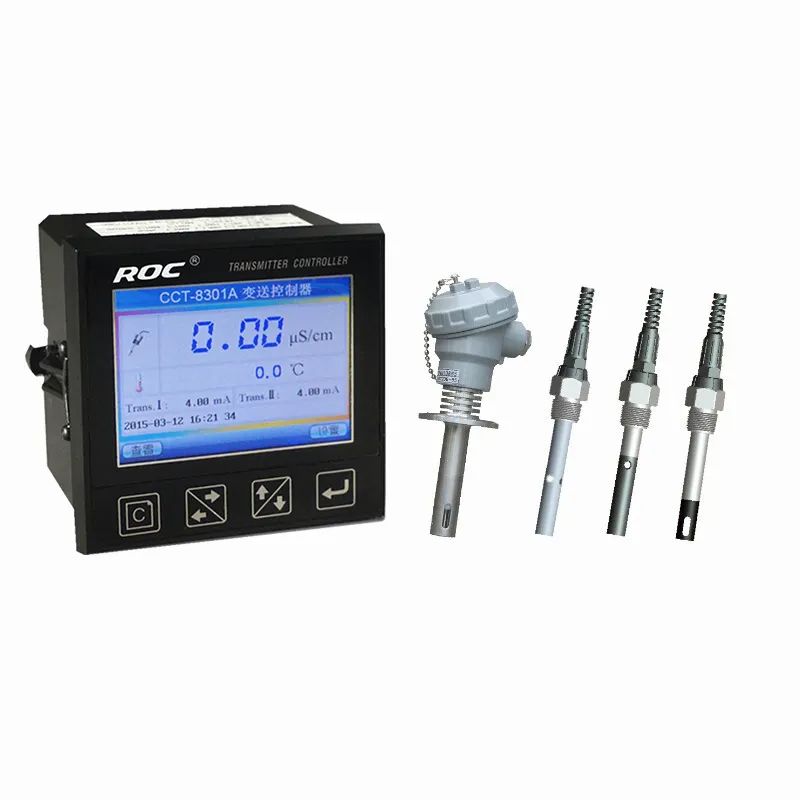
There are several methods for measuring turbidity, with the most common being nephelometry and turbidimetry. Nephelometry measures the amount of light scattered by suspended particles in the water, while turbidimetry measures the amount of light absorbed by the particles. Both methods provide a quantitative measurement of turbidity, usually expressed in nephelometric turbidity units (NTU) or formazin nephelometric units (FNU).
It is important to note that turbidity is not a direct measure of specific pollutants or contaminants in water. Instead, it serves as an indicator of the overall quality and clarity of the water. High turbidity levels can signal the presence of sediment, nutrients, bacteria, and other substances that can degrade water quality. By monitoring turbidity levels regularly, water quality managers can track changes in water clarity over time and take appropriate actions to protect and preserve aquatic ecosystems.
In conclusion, turbidity is a critical parameter to measure in water quality monitoring and environmental management. It provides valuable information about the presence of suspended particles in water, which can impact the health of aquatic ecosystems, the effectiveness of water treatment processes, and the aesthetic value of water bodies. By understanding what turbidity measures and how it is measured, we can work towards ensuring clean and clear water for current and future generations.

